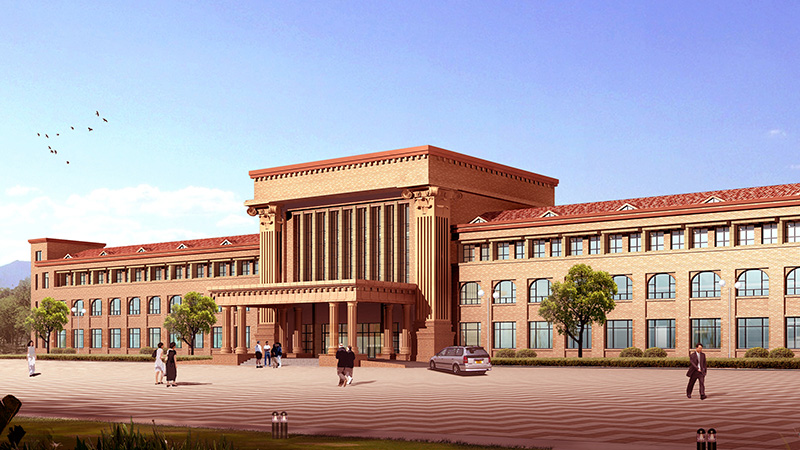close
Choose Your Site
Global
Social Media


| Availability: | |
|---|---|
| Quantity: | |
C840G
TENGSHI
| Item: | C840G |
| Composition: | 100% Polyester |
| Width: | 55/56" (140cm) |
| Weight (g/m2): | 385gsm |
| Knitting Technics | Woven |
| Dye Method | Yarn Dye |
| Usage | Curtain,Furniture,Sofa, Chair, Textile |
Polyester has become a ubiquitous material in the textile industry, renowned for its versatility and durability. As consumers increasingly seek fabrics that combine functionality with affordability, the question arises: Is polyester a good quality fabric?
Several factors contribute to polyester's reputation as a good quality fabric.
Polyester is generally more affordable than natural fibers. Its lower production costs make it accessible to a broader market without compromising on essential qualities like durability and appearance.
The fabric can be engineered to exhibit different textures and appearances, from sheer and lightweight to heavy and robust. This adaptability allows designers to innovate and create diverse products using polyester fabric.
Polyester's longevity reduces the need for frequent replacements, contributing to less waste. Additionally, advancements in recycling technology have led to the production of polyester fibers from recycled materials, supporting sustainability efforts.
Despite its benefits, polyester is not without drawbacks that affect its perception as a quality fabric.
Polyester is less breathable than natural fibers like cotton or linen. This can lead to discomfort in warm climates or during physical activity, as the fabric may trap heat and moisture against the skin.
The synthetic fibers of polyester are prone to static electricity buildup, which can attract dust and lint. Pilling, the formation of small fabric balls on the surface, can also occur over time, affecting the fabric's appearance.
While recyclable, the production of polyester relies heavily on fossil fuels, contributing to environmental concerns. Additionally, washing polyester fabrics can release microplastics into waterways, posing ecological risks.
Sincerely recommend this curtain fabric, if you are interested, please contact us.Multicolor colors available also can be customized according to the requirement.




| Item: | C840G |
| Composition: | 100% Polyester |
| Width: | 55/56" (140cm) |
| Weight (g/m2): | 385gsm |
| Knitting Technics | Woven |
| Dye Method | Yarn Dye |
| Usage | Curtain,Furniture,Sofa, Chair, Textile |
Polyester has become a ubiquitous material in the textile industry, renowned for its versatility and durability. As consumers increasingly seek fabrics that combine functionality with affordability, the question arises: Is polyester a good quality fabric?
Several factors contribute to polyester's reputation as a good quality fabric.
Polyester is generally more affordable than natural fibers. Its lower production costs make it accessible to a broader market without compromising on essential qualities like durability and appearance.
The fabric can be engineered to exhibit different textures and appearances, from sheer and lightweight to heavy and robust. This adaptability allows designers to innovate and create diverse products using polyester fabric.
Polyester's longevity reduces the need for frequent replacements, contributing to less waste. Additionally, advancements in recycling technology have led to the production of polyester fibers from recycled materials, supporting sustainability efforts.
Despite its benefits, polyester is not without drawbacks that affect its perception as a quality fabric.
Polyester is less breathable than natural fibers like cotton or linen. This can lead to discomfort in warm climates or during physical activity, as the fabric may trap heat and moisture against the skin.
The synthetic fibers of polyester are prone to static electricity buildup, which can attract dust and lint. Pilling, the formation of small fabric balls on the surface, can also occur over time, affecting the fabric's appearance.
While recyclable, the production of polyester relies heavily on fossil fuels, contributing to environmental concerns. Additionally, washing polyester fabrics can release microplastics into waterways, posing ecological risks.
Sincerely recommend this curtain fabric, if you are interested, please contact us.Multicolor colors available also can be customized according to the requirement.



